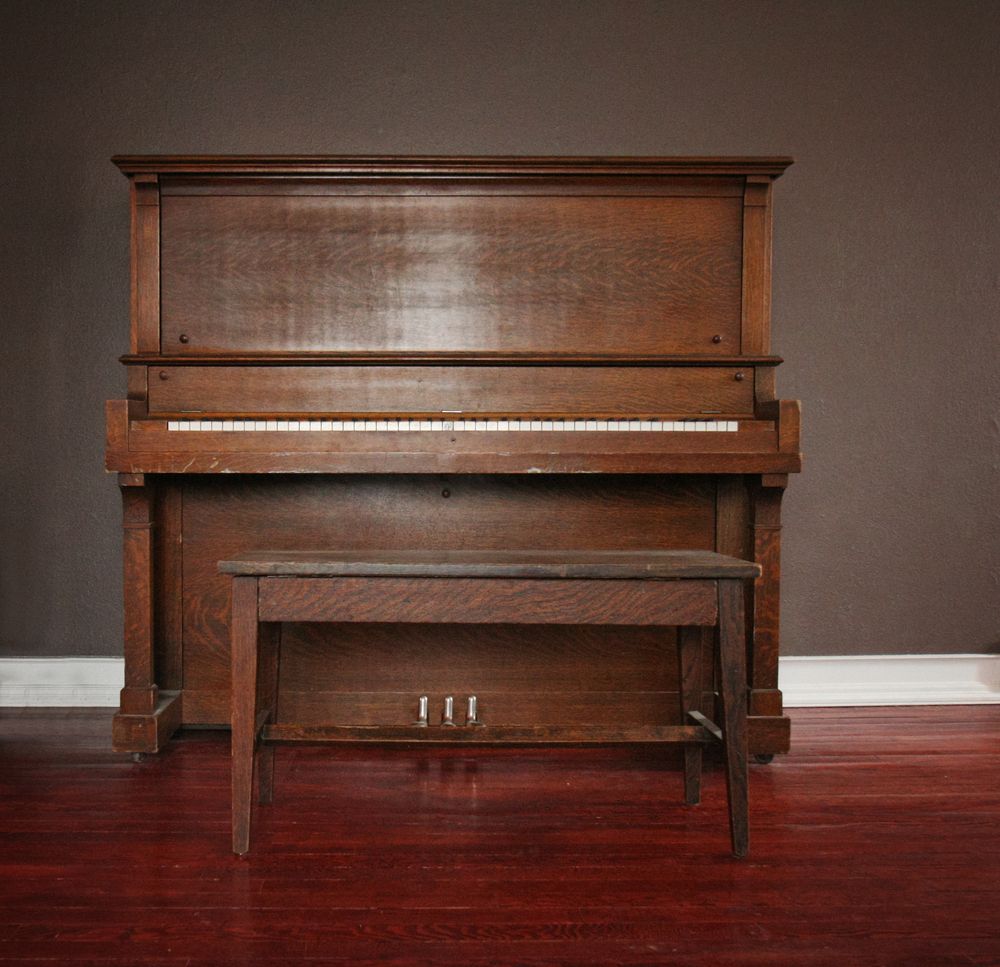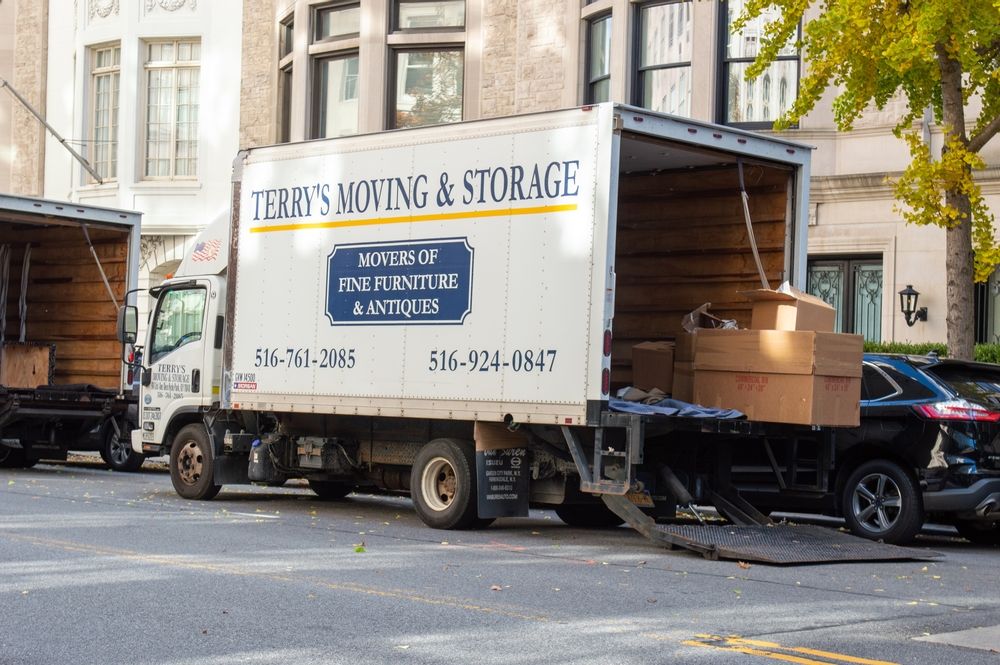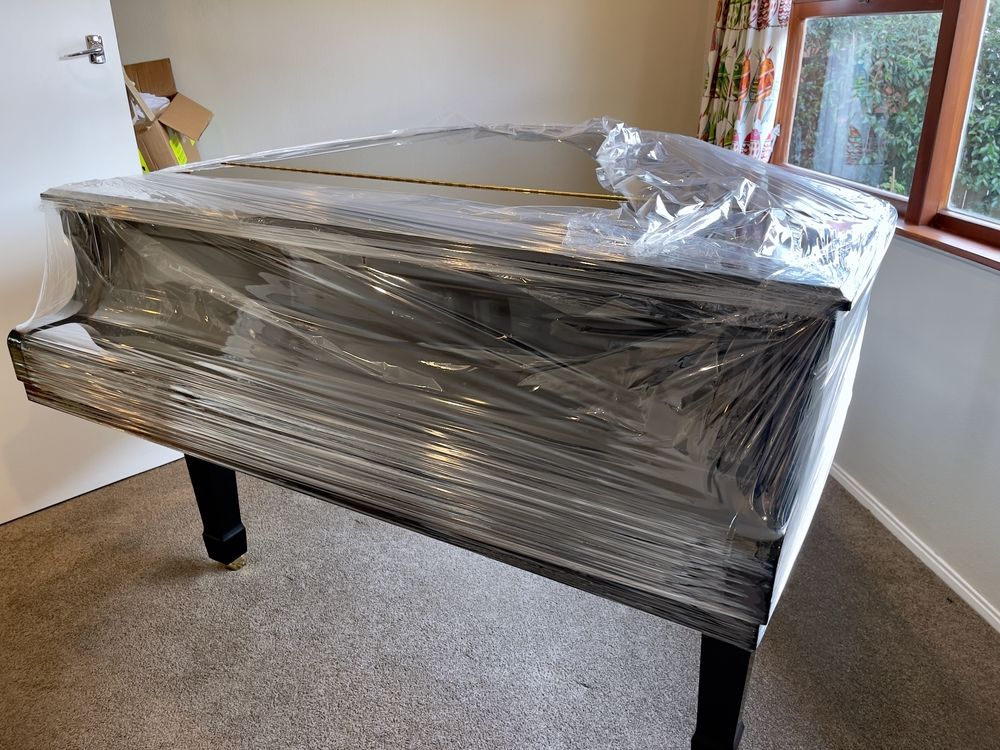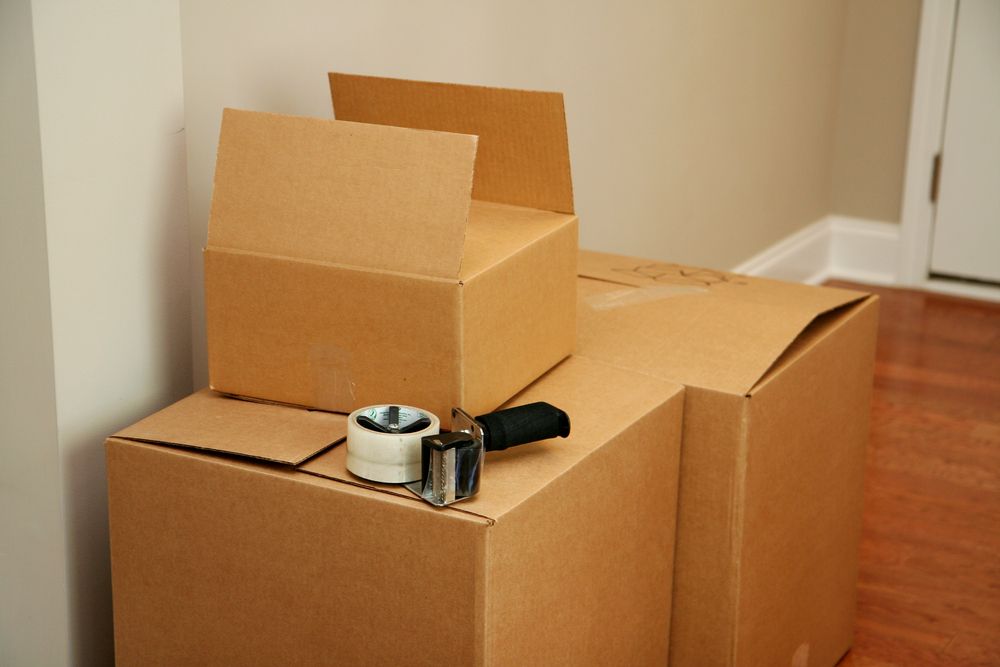How Much Do Piano Movers Cost? (2024 Data)
When it comes time to move, many people understandably worry about their pianos. Unlike guitars and drum sets, the average person can’t simply move a piano without professional help. So, how much do piano movers cost?
It costs an average of $450 to move a piano, but it can cost $2,000 or more for long-distance moves. You may pay as little as $150 to move a small piano a short distance without obstacles like narrow halls and staircases. Piano movers often charge between $1.25 and $10 per mile depending on the distance and cost of gas in the area.
Additional charges include up to $100 per staircase. In some cases, the piano movers may need to use a crane to hoist your piano. In that case, you’ll almost certainly pay between $1,000 and $2,000. Let’s take a deep dive into the cost factors that determine how much you’ll spend on moving a piano.
How Much Does Moving a Piano Cost?
It costs an average of $450 to move a piano, but it varies by type, location, labor fees, and how challenging it is. Piano movers often charge a flat rate, but they may charge you for labor per hour. The lighter the piano is and the easier it is to move, the cheaper it will cost. Let’s look at the main factors that affect how much piano movers cost.
Difficulty
Obstacles that make it harder to move a piano, such as staircases, add to the overall cost. This is understandable as pianos way between 300 and 1,200 pounds. Piano movers charge an average of $70 per staircase. On the low end, you can expect to pay $40 per staircase, or $110 on the high end.
However, some piano movers charge per step. In that case, it typically costs up to $10 per step. You must also pay extra the movers use a crane to move the piano. This is only necessary if the piano is located several stories up, and it may need to be moved out through a window.
In that case, you can expect to pay up to $2,000 or more to move the piano. Hoisting a piano is a tricky and time-intensive process. It costs $750 on the low end, but it may be necessary if it would be too risky to move it down a staircase.
Mileage
Distance is another critical factor in how much piano movers cost, and that’s because they charge mileage. In some cases, piano movers simply charge flat rates for local moves. That said, you can expect to spend up to $10 per mile for long-distance moves.
Depending on the service, distance, and piano size, you may only pay as little as $1.25- $2.50 per mile. The cost also varies based on gas prices in the service area.
Labor
Labor is typically built into the cost that piano movers charge. Piano movers typically charge flat rates that factor in at least 2-3 hours of labor for local moves. This includes the preparation and movement of the piano before additional costs, such as mileage.
The average hourly rate for piano movers is $50 per person, but it varies. It’s important to ask whether you’re paying an hourly or flat rate when you request a quote.
Flat labor rates are often based on the size, weight, and type of piano. For example, you’ll pay a smaller flat labor rate to move a spinet than a grand piano in most cases.
Cost to Move a Piano By Type
There are four main types of pianos: grands, baby grands, upright, and spinets. They each vary in size, weight, and how difficult they are to move. Let’s explore how the type of piano you have affects how much it will cost to move.
Grand
It costs between $300 and $2,000 to move a grand piano. That said, you can only expect to spend $300 on local, short-distance moves. Moving a grand piano can be quite expensive because of how big they are, which makes it difficult to move them.
Grand pianos way up to 1,200 pounds, or 500 pounds on the low end. Because of that, piano movers will typically charge more to move them down staircases. It’s also often necessary to hoist grand pianos with a crane, and that can add hundreds of dollars to the cost.

Baby Grand
While baby grand pianos aren’t as big as grand pianos, they still weigh up to 600 pounds. Because of that, it typically requires a crew of at least 3 people to move a baby grand piano. It costs as little as $250 to move a baby grand locally, but long-distance moves cost $1,200-$2,000.
Upright
On the low end, upright pianos weigh 300 pounds, but they can weigh up to 800 pounds. The cost to move upright pianos varies by weight and distance, and it costs between $150 and $1,200. Factors such as distance, gas prices, and staircases can add hundreds of dollars to the cost.

Spinet
The cheapest piano to move is a spinet. Not only are they small and compact, but they’re also light and easy to move. Piano movers charge an average of $200 to move spinet pianos locally. A type of upright piano, spinets are significantly cheaper to move than most pianos.
You don’t have to worry about exorbitant additional costs, such as hoisting, with spinet pianos in most cases. However, you must still pay up to $100 per staircase depending on the piano movers. It costs between $600 and $2,000 to move a spinet piano long-distance.
So, How Much Do Piano Movers Charge?
Piano movers typically charge between $150 and $2,000. The average cost to move a piano is $450, but it varies by type, weight, and distance. Additional costs include up to $100 per staircase and $1.25-$10 per mile. Upright pianos and spinets are the lightest and cheapest to move, while grand pianos are the priciest.
Read More











